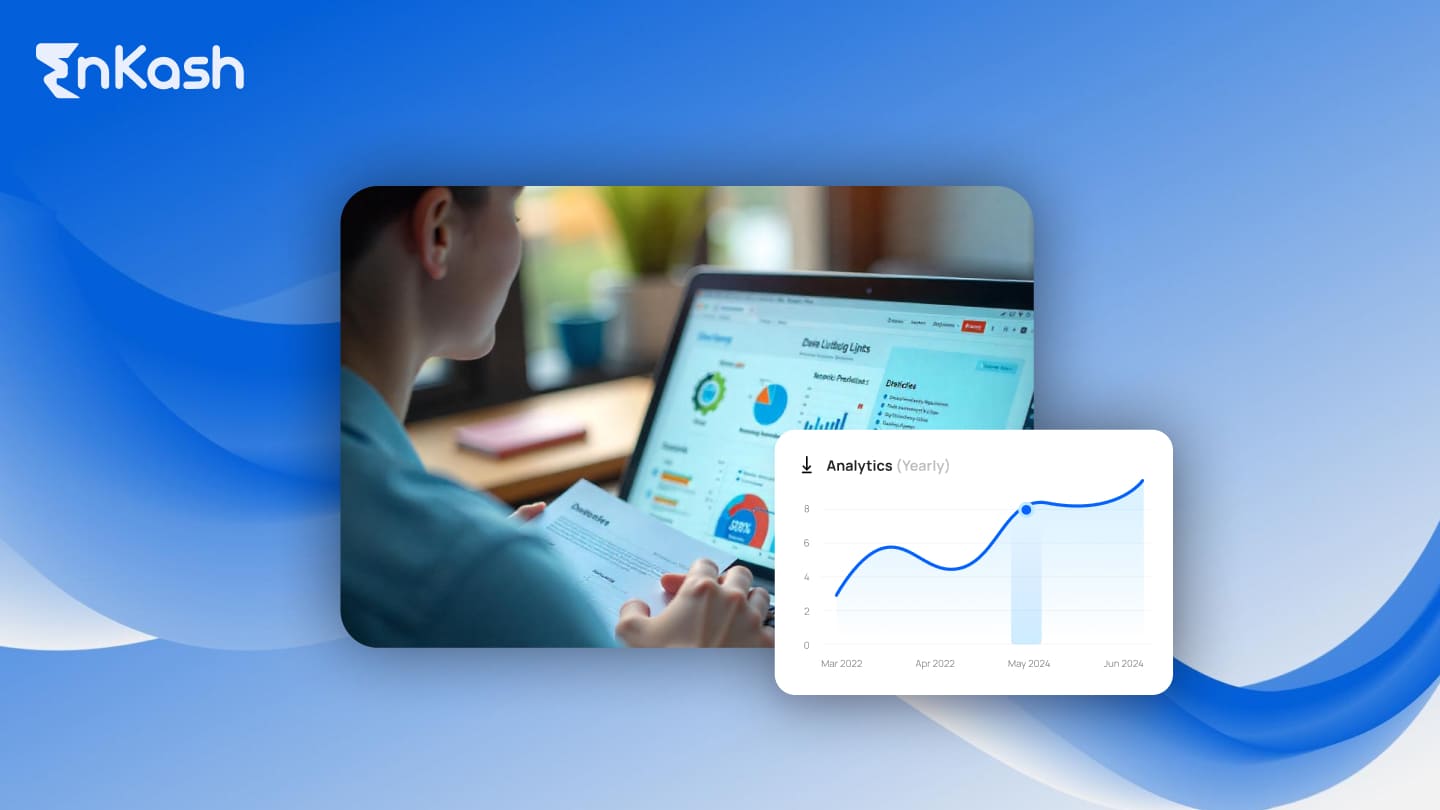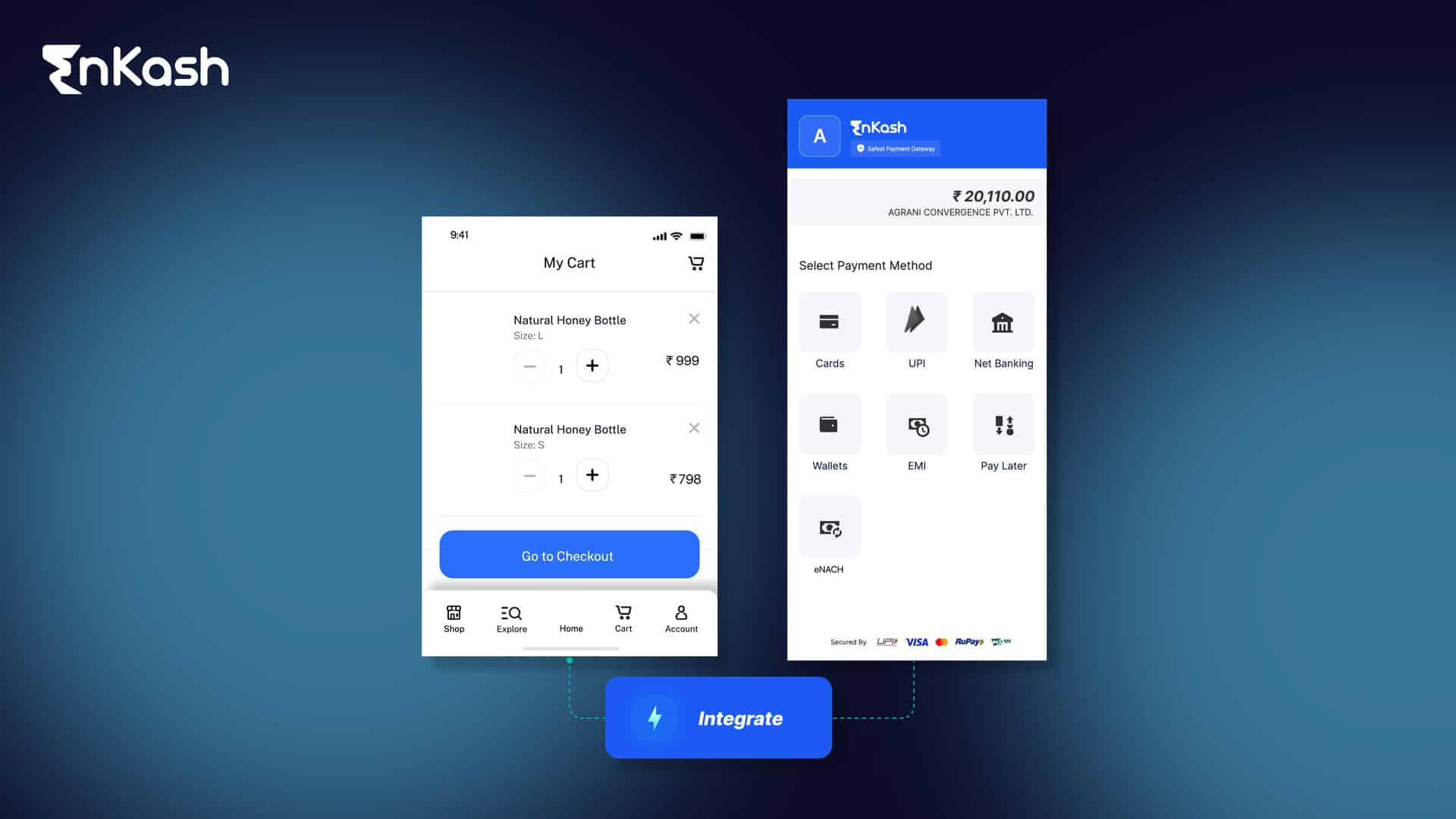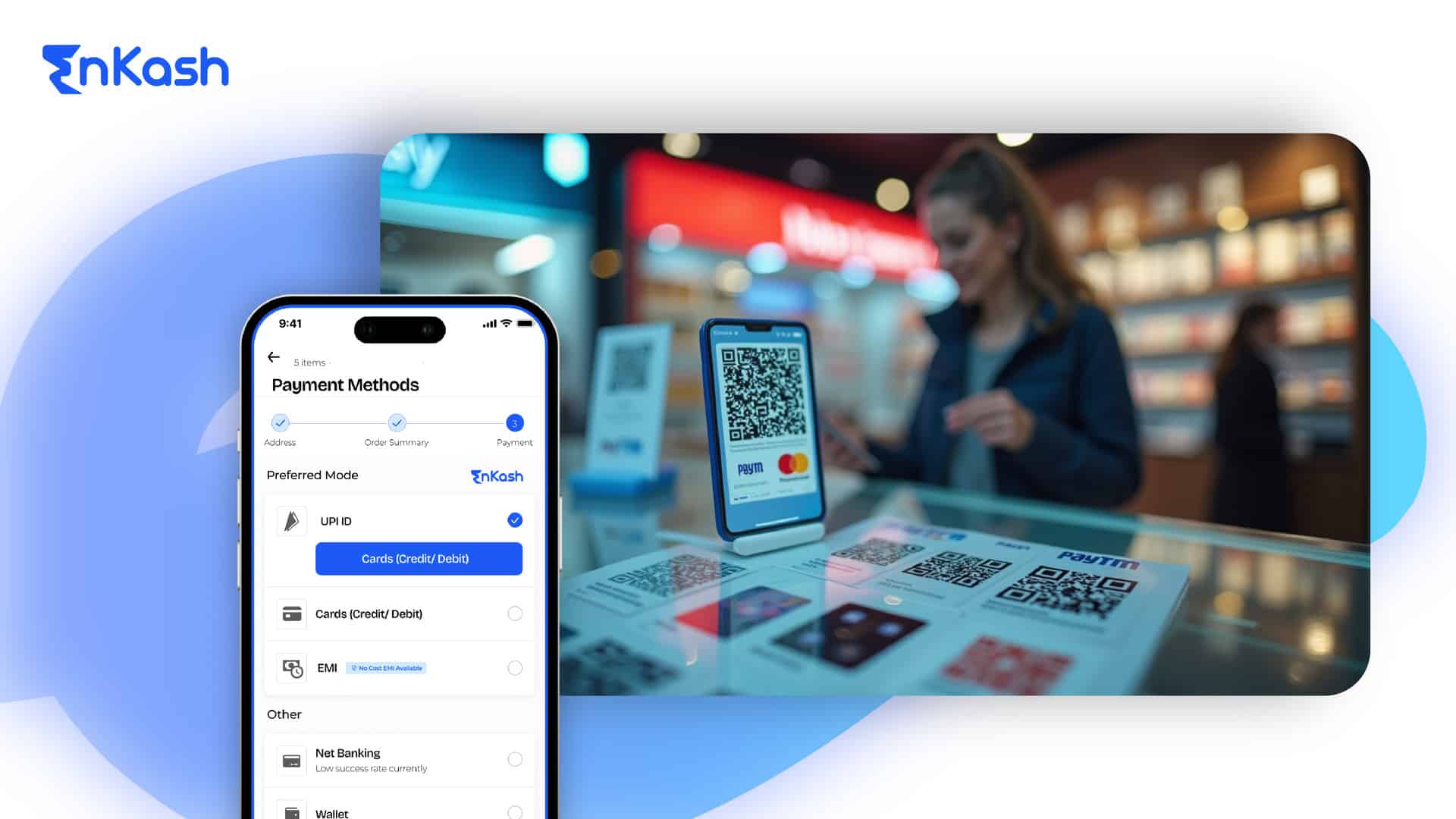The record-to-report (R2R) process refers to an essential activity within finance, which encompasses the administration, control and reporting of an organization’s financial transactions. This process enables organizations to achieve timeliness and precision in financial statements, fulfil regulation requirements, and contribute to information giving helpful on the strategic planning. So, in this blog, we will talk about the R2R process including what it is , why it is important, steps, workflow, benefits and best practices.
What is the R2R Process?
Record to Report (R2R) is a well-defined financial process to record, process and report financial data. This process starts with the recording of daily financial activities and ends with the preparation and reporting of various financial statements and reports. This R2R process ensures that every activity is systemized and standardized resulting in a high level of transparency, accountability, and adherence to the law in an organization.
The R2R cycle is not simply about capturing, processing, and recording any financial numbers. It instead encompasses the need to produce financial reports which are all of accurate information, punctual and serve their relevant purpose in relation to depicting the current financial position of the organization. This is essential in order to keep adequate financial records for the business, to aid in the making of rational choices, and to present investors with an adequate representation of the equity of the entity in question.
Record to Report Process – Importance
The Record to Report (R2R) process is vital for various reasons. Here are some key points that highlight its importance for organizations:
Ensuring Financial Precision
The R2R process makes sure that every single financial transaction is captured correctly which acts as the primary building block of any reporting efforts. Report generation enhances the insight of the organization on its finances and provides a basis for decision making.
Meeting Regulatory Requirements
Depending on the country where an organization is based; every business organization is required to observe legal provisions and set regulatory measures so as to avoid legal and reputational consequences. The R2R process assists their construction in this respect by simplifying to the management how they have to prepare their financial data to fit with the regulations so as to mitigate any risks of breach.
Supporting Strategic Business Decisions
By credibly giving the correct and helpful data, the R2R process makes it possible for the leadership to evaluate the status of the company in regards to its finances and make relevant decisions that are in tandem with the firm’s objectives. The scope of strategy provides opportunities for identification and assessment of growth and development alongside budgeting and planning.
Improving Productivity
With structured reporting guidelines through the R2R process, there is a reduction in labor work to enable the teams analysis and not busy work there is also no analysis from work. When processes are streamlined, it also shortens the time taken to complete a process, eliminates chances of making mistakes and makes the financial closing phase precise and quick.
Enhancing Transparency and Accountability
The R2R process offers an opportunity to organizations to generate concise and explicit reports making accountability and transparency highly appreciated both internally and externally.
By adhering to standardized procedures, the R2R process fosters accountability and ensures that financial data reflects the true state of the organization’s operations.
Record to Report Process Flow
Start R2R Process: Commences the entire R2R operation.
Data Recording: Records the financial transactions.
Account Reconciliation: Helps to compare the recorded transactions and actual financial statements.
Adjusting Entries: Makes the necessary adjustments to the statements after the reconciliation is completed.
Financial Consolidation: Is the process of combining financial information of different departments, units or business activities.
Financial Reporting: Involves the elaboration of the financial reports to be presented to the interested parties.
Compliance and Final Closing: Guarantees all the generated reports satisfy the requisite regulations and the processing period is concluded.
End R2R Process: Bring the whole cycle to a close until the commencement of the next cycle.
Also Read: Cost Sheet
Record to Report Process Steps
R2R is not only an operational sequence but a full-fledged process involving many steps such as gathering the necessary information, processing it as required and getting it completely finished. Each of the R2R process steps is critical for accurate and comprehensive financial reporting. Here’s a closer look at the general workflow involved in the R2R process:
Data Recording
The process involves the bidding of financial transactions into a primary source, even as detailed information about sales, expenses, payrolls and other financial activities is cut across. Errors and omissions in logging of transactions may cause serious implications in reporting which in turn would not be desirable as far as the R2R is concerned.
Account Reconciliation
As soon as the transactions are recorded the next arrow mark on the PED flow is account balances reconciliation whereby the rationale is to correlate the records to the supporting documents such as bank statements.In the course of account reconciliation, all discrepancies must be resolved in order to have precise figures in the records.
Also Read: Automated Reconciliation
Adjusting Entries
Some adjustments will be offered in the process to overcome the differences found during the reconciliation of the accounts. This stage can be the amendment of entries, reversal of surcharges that have been added to unpaid expenditure, and management of deposit payments, making sure everything is right before proceeding towards the report.
Financial Consolidation
Particularly for big companies that have many branches and subsidiaries, unifying the financial success of operations across departments or lines of business is very important. This step also addresses the removal of intercompany transactions, as well as data collection for the resulting financial statement.
Financial Reporting
A range of financial reports like income statements, assets and liability statements and cash flow estimates are drawn up to give an insight about the business in terms of its finances. Financial reporting provides an important means of dissemination of financial performance information internally to management, shareholders and outside parties such as regulatory agencies.
Also Read: Financial Accounting
Compliance and Final Closure:
At last, the R2R process ends with compliance and the final closure of accounts. Then all financial statements are audited for compliance with rules and laws and the final closure signifies the end of the period for reporting. Risk, Monthly, Quarterly and Yearly.
Each of these steps is vital for accurate financial reporting and helps organizations stay compliant, efficient, and prepared for decision-making.
Benefits of the R2R Process
A well-implemented Record-to-report (R2R) process brings numerous benefits to organizations, helping them improve financial accuracy, regulatory compliance, workflow efficiency, and decision-making capabilities. Here’s a closer look at the advantages:
Enhanced Financial Accuracy
The R2R process guarantees the recording, reconciliation, and adjustment of financial transactions in an orderly and systematic manner.
All the transactions are recorded and verified in an orderly manner such that the risks associated with human error in data entry are reduced.
Frequent reclassifications and verifications of figures ensure the maintenance of proper and current records of the finances, which helps in producing credible financial reports and forecasts.
Improved Compliance
Adhering to the R2R process allows organizations to follow laws and regulations and prepare financial statements that are accurate, uniform, and comply with applicable accounting standards such as GAAP or IFRS.
Enforcement which entails compliance with laws and regulations spelled out prevents sanctions and legal action against organizations thus promoting confidence in organizations and their stakeholders.
Moreover, compliance in R2R also matters because of internal inspections which are instituted to cross-check the correctness of all the information corrected to the audits and improvement of the organization’s efficiency.
Also Read: Cost Accounting and Financial Accounting
Efficient Workflow Management
The R2R process is very systematic and organized. This helps to lessen inefficiencies, lowers the turnaround time and simplifies data management activities.
Having set procedures in place eliminates such bottlenecks as those experienced in data collection, data processing, and report generation thereby facilitating smoother and faster month-end and year-end reporting.
Well-designed processes and workflows eliminate the need for finance teams to engage in menial tasks and instead allow them to concentrate on more insightful and strategic aspects which increases overall efficiency.
Read More: Workflow Management
Data-Driven Decision-Making
R2R offers a complete set of financial reports that are considered not only accurate but also helpful in evaluating the performance of a business’s management and in assisting it in making decisions.
The information contained in the financial reporting is useful to management in preparing the budget and forecasts, managing the company’s finances and identifying growth opportunities.
Data-driven decision-making allows organizations to harmonize strategic direction with financial expectations, reduce risks, and optimise investment decisions and opportunities.
Organizational Transparency
In this context, R2R values the concept of transparency in the organization as a reporting process that is clearly set and adhered to by the stakeholders.
Adequate and properly prepared financial statements enhance responsibility and confidence for both the internal parties and outside parties like investors and regulators.
R2R has facilitated transparency that encourages ethical behavior and allows the stakeholders to appreciate the finance of the organization which can also boost their confidence to invest in the company for a long time.
Challenges and Best Practices for the R2R Process
Implementing and maintaining an effective Record to Report (R2R) process can be challenging for organizations, but following best practices can greatly improve its efficiency and accuracy. Here’s a deeper look at some of the common challenges and practical strategies to overcome them:
Challenges
Data Integrity Issues
Using different or incomplete data across multiple systems can lead to variances, which could affect the financial reports generated.
When the processing of information is done by people, mistakes tend to occur so as to distort the quality of information on the finances of an organization.
Data in accuracy can be tackled by having mechanisms put in place for the validation of data at all times and also standardizing the structure of the existing different data in all the systems to be used in collating any financial data.
Time – Intensive Processes
So many R2R processes and activities such as approach rollouts and reporting can be highly labour-intensive, over and above the case in organizations with huge and complicated financial architecture.
For example within the month-end and year-end closing cycles when there are time pressures, such processes tend to even get rushed increasing the chances of errors and omissions.
In addition to this, back office operations manual processes R2R result in reporting that cares less about time which is detrimental when it comes to aiding the decision-making process of the business leaders.
Regulatory Compliance Pressure
As the requirements of financial statements continue to change, to the extent that they must be also adopted by businesses this in turn complicates the R2R processes.
Aside from facilitation also, organizations have to be able to comply with policies such as GAAP, IFRS, and other domestic requirements, which means, they have to be undergoing changes regularly.
This pressure is even more pronounced in multinational businesses that operate in various countries because different countries tend to have different compliance requirements that may create obstacles in the process
Best Practices
Embrace Automation
Gearing towards the dynamics and efficiency of the department, finance teams must seek to eliminate the mundane and repetitive R2R processes including; data entry, reconciliation and report generation, among others, to make gains in saving time, minimizing errors and enhancing the overall degree of accuracy.
Automation applications such as systems for financial reporting or ERP Systems facilitate collection and validation of data for reporting cycles thus speeding up and enhancing the accuracy of the reporting Cycles.
Thereby improving the effectiveness of the finance teams, and lessening the need for tedious manual work, it is possible to dedicate more time to the analytical and strategic element of financial management that is of more worth to the organization.
Standardize Procedures
The other objective that is achieved by establishing countries’ and regions’ standard operating procedures in a department is that it ensures when financial data is gathered, processed, and reported it is done so in a consistent manner.
Standardization also enables teams to communicate effectively and avoid situations when the data conflicts even during reporting financials controlled aspects.
These procedures are put into clear and simple writing that all team members can comprehend and adhere to and that improves compliance and even reduces the time taken on R2R.
Continuous Staff Development
Finance as well as the accounting personnel needs continuous training in order to keep them updated on new regulations and reporting standards which have come into force.
It is equally important to train the team on financial reporting, compliance and technology, as this would help cut back errors and enhance speed in the processes.
Where the staff has undergone training, they will be able to report complex financial information and utilize tools for automating processes, thus making the R2R process easier and more dependable.
Internal Controls and Audits
The design of strong internal controls like segregation of duties and reconciliation checks helps organizations to identify and correct mistakes in the R2R processes very early.
Internally conducted audits on a regular basis will enhance the observance of the laid down R2R processes, and enhance precision and recommendations for further improvement of the processes will be provided.
Moreover, internal audits aim at improving the systems of risk management by revealing potential loopholes in the financial reporting systems for the organization to mitigate the risks and still remain accurate and responsible.
Best practices management as applied to R2R operations of any organization would help ease some of the drawbacks faced, thereby enhancing efficiency, precision, and adherence to regulations. This however underpins the financial operational ability of the organization thereby improving the financial reporting standards and periodic comparisons which aid in the strategic management decisions taken.
Automating the R2R Process
Implementing automation in the record-to-report (R2R) cycle presents considerable benefits such as speed, accuracy and efficiency which revolutionizes how companies approach financial reporting. With the aid of Automation software and Enterprise Resource Planning (ERP) systems, companies are able to reduce the R2R process in steps making it more effective and efficient. This is how automation can be advantageous in each step of the R2R process.
Mitigating Manual Tasks
The traditional R2R process is fraught with challenges, particularly in the manual entry and reconciliation of data. This tedious process creates a huge risk of human beings making errors. Such risks are greatly infringed with the use of automation within the processes as the redundant input of information which oftentimes risks errors that result in wrong financial results is done away with.
Automated processes of data entry and reconciliation do not allow variation in records, which helps to maintain high levels of data accuracy.
If all the processes that are prone to errors are done away with, then finance teams are able to engage in more productive work that is less concerned with reporting accuracy, therefore increasing productivity and raising the level of assurance in the financial results.
Real-Time Reporting
Most automation solutions, particularly those deployed in the cloud, enable organizations to have access to financial information in real-time, therefore enabling them to prepare reports within minutes and track the health of finances constantly. Real-time data access is useful because it allows management insights to be generated when they are needed most, for instance, so that management can be able to resolve any issues regarding money or take advantage of an opportunity without delay. Likewise, over the Cloud, such automation assists in remote usage hence the finance teams are able to work together and share information even when they are in different locations which improves how quickly decisions are made.
Effective Data Integration
For many organizations including Multinational Corporations comprising various entities, the traditional way of preparing consolidated financial statements by hand proves to be laborious. However, this is made more manageable by automated R2R systems that allow for the collection of data from various departments and countries with ease. Automation tools allow organizations to combine information from different sources, re-format the information, and present a true and fair view of the organization through integrated financial reports.
By automating data consolidation, companies can significantly reduce the time required for month-end and year-end reporting, leading to faster and more efficient financial close cycles.
Conclusion
The Record to Report (R2R) process is critical in any organisation’s financial management and its processes of record maintenance, adherence to rules and compliance, and issuance of reports. An effective R2R process allows the organizations to have a good understanding of its financial position which is very important when making factual decisions and formulating strategies. Following best practices and making use of automation tools allow organizations to enhance the accuracy and efficiency of their R2R processes greatly, reducing manual errors and increasing the pace of reporting.
A properly functioning R2R system promotes openness assurance and responsibility to the stakeholders, in turn, assuring them of the financial credibility of the organization. This allows for an organization’s investments and growth efforts to be made easier, while also maintaining strong relationships with investors, regulators and other internal stakeholders. In the end, a well-defined R2R process becomes a pillar of long-term sustainable business expansion and operational efficiency.
FAQs
What is the Record to Report (R2R) process?
The R2R process is concerned with documenting every financial transaction received throughout the day and producing proper reports for transparency, adherence to regulations, and proper financial management. It also plays a very crucial role when it comes to storage of information and aids in decision-making. It is possible to enhance R2R processes by eliminating unnecessary manual work with the use of automation and ERP software systems.
What are the steps of R2R?
The steps of the R2R process include collecting, recording, validating, maintaining ledgers, closing, consolidating, and finally, reporting.
What is R2R in TCS?
R2R process stands for Record to Report process which essentially relates to the complete cycle of recording accounting transactions of the company and preparing the financial results.
What are the roles and responsibilities of the record-to-report (R2R) process?
The Record to Report (R2R) processes also known as accounting processes have the following main roles and responsibilities:
Data collection: Gathering economic information and financial data
Analysis: Processing the economic and financial information gathered
Reporting: Rendering the financial information necessary to properly present the organization’s financial position.
Reconciliation and validation: Verification and reconciliation of different sets of financial data and records
Compliance: Promotion of adherence to appropriate Generally Accepted Accounting principles and audit procedures
Internal controls: Establishing control measures to enhance the integrity of financial information.
What is the end-to-end process of RTR?
The record to report end-to-end process is broken down into the following business process areas:
- Define financial structure and organizational accounting policies
- Manage budgets
- Maintain and manage cash and bank transactions
- Record financial transactions
- Close financial periods
What challenges do companies face in the R2R process?
In most cases, organizations encounter problems like variation in data, extensive, and tedious manual processes and also time constraints regulations within the R2R process. Responses to this include making processes less error-prone by incorporating automated processes, developing uniform processes in order to minimize variations, giving timely information to all connected centers, and sufficient tutorials for individuals who will be served on policies to be updated without omitting the changes in the rules.
What is bank reconciliation in R2R?
Bank reconciliation refers to an internal accounting procedure where the organization checks its internal accounting records against the bank statements it has received. The purpose here is to ensure that every transaction has been captured properly and to highlight any errors or missing information. It is one of the steps in accounting and is often done during the month-end closure or reporting.
How often should the R2R process be conducted (e.g., monthly, quarterly)?
R2R is generally performed on a monthly, quarterly, and yearly basis to enhance real-time monitoring and evaluative processes. Monthly and quarterly reporting helps maintain current information on the company’s financial health, while annual reporting complements strategic development. Implementation of routine automation facilities can ease operations and shorten the periods for regular closing.
What departments are typically involved in the R2R process?
The main departments are Accounting, Compliance, IT, Operations, all of which push R2R through data capturing, regulatory compliance, data processing and dissemination respectively. Companies can also implement ERP solutions and arrange regular get-togethers for improved efficiency of work relationships.













